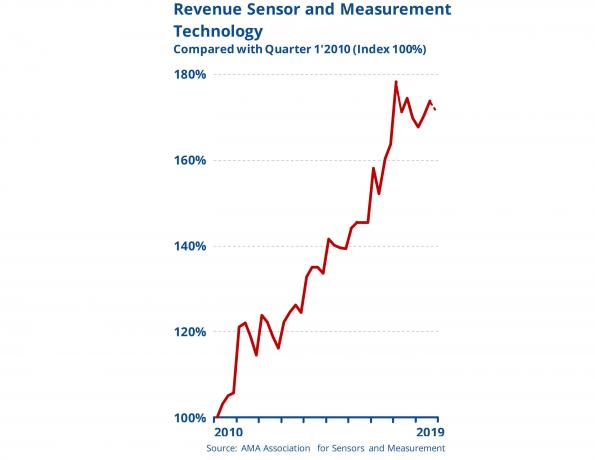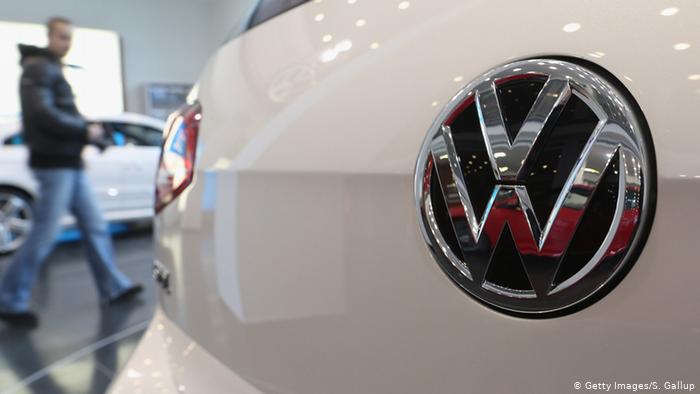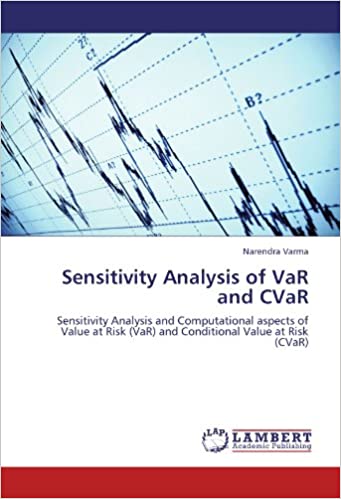What is Working Capital Turnover Ratio? Explained With Formula & How to Increase It
27 January 2023Contents:


The liabilities of current nature are paid with current assets like marketable securities, cash, and cash equivalents. The faster an asset can be converted into liquid cash, more likely that the company will be able to pay off its debts. When the current liabilities are exceeded by the current assets, the business will have ample capital for its daily operations. If this company’s liabilities exceeded their assets, the working capital would be negative and therefore lack short-term liquidity for now. Negative working capital, on the other hand, means that the business doesn’t have enough liquid assets to meet it current or short-term obligations.
This can help in proper Working Capital Determination and the management can plan to allocate sufficient funds towards the different components. It is very important to find the right balance between the short-term assets and liabilities of the firm. Payment Performance of Debtors is the average time the customers take to pay their bills, irrespective of the outstanding balance on the statement date. It is possible that the receivable turnover is low and the payment performance is high, indicating that the customers cleared their outstanding, but took a long time to do it. If current assets can be financed easily through assured credit lines and at a very competitive cost of funding, then the actual working capital ratios may not be too relevant. Even if the current assets are insufficient, it would not really matter as easy lines of credit should take care of the same.
However, positive net working capital isn’t necessarily always a net positive for your company’s competitive, operational, and financial health. The financial model for forecasting net working capital is commonly driven by a range of processes within your company’s financial workflows related to current assets and current liabilities. A companies working capital is negative when the companies current liabilities exceed its current assets. The difference between a company’s current assets and current liabilities is known as working capital.
Most importantly, handling the calculations becomes very hard for businesses. In this case, platforms like Khatabook prove to be of great help. It assists the business in comprehending the connection between working capital investments and the generation of revenue. A higher percentage indicates an excellent business’s financial future since the money spent will produce a high percentage of net sales. Is not the best situation for any company, so caution should be exercised when looking at the ratio. The ratio is the best way to make a trend and comparative analysis for various firms within the same field and at different intervals.
What is working capital turnover ratio
Compensating balance represents the amount of money a bank requires an account holder to leave in its bank account at all times. It is ideal to have a working capital turnover ratio of 1.2 and 2. For the latest updates, news blogs, and articles related to micro, small and medium businesses , business tips, income tax, GST, salary, and accounting.
The average collection period determines the time it takes for a company to collect cash from its debtors. A lower average collection period is favourable since it effectively means that the company is able to collect cash quickly. Funds that a company requires to run its everyday operations are commonly collectively known as working capital. The working capital turnover ratio shows just how much revenue a company makes for every rupee of working capital. A high working capital turnover is favourable, since it means that a company generates more revenue per rupee of working capital.
Rosemary Carlson is a finance instructor, author, and consultant who has written about business and personal finance for The Balance since 2008. But, there are certain steps you could immediately start implementing to improve the working capital turnover of your business.
CHAPTER 13: Accounting Ratios
Basically, if you have a bank OD account, you can borrow a set amount of money from the bank. For example, Current Ratio takes you to Balance Sheet and Gross Profit % takes you to Profit & Loss A/c. It only calculates whether the company is liquid enough to pay its liabilities and commitments over the next one year. Hence, even longer term commitments that mature over the next 1 year are considered as part of the working capital cycle. It helps to compute the working capital ratio, which in turn helps to ascertain a firm’s capacity to pay off liabilities on time.
Income Approach and the Discounted Cash Flow Methodology – GAR
Income Approach and the Discounted Cash Flow Methodology.
Posted: Mon, 19 Dec 2022 08:00:00 GMT [source]
Unless it is specified otherwise, the calculation of stocks of the finished products and debts should be made at cost. Angel One has created short courses to cover theoretical concepts on investing and trading. These are by no means indicative of or attempt to predict price movement in markets. A debt to asset ratio of 59.02% indicates that around 59.02% of assets owned by HUL is financed using debt capital.
While having a high working capital turnover ratio is considered a positive sign, it may actually signify that a business does not have the sufficient cash flow to maintain its sales growth. A company must balance its working capital to sales ratio or find itself in a situation of insolvency. A working capital turnover ratio can help control the cash flow and analyse the inflow.
Working capital comprises your assets in the present minus your current liabilities. In a brief overview, assets are the things your business owns, including cash and stocks. In contrast, liabilities relate to the amount your company owes to creditors, such as the accounts payable and salary. When we refer to current assets, the reference is to cash, marketable securities held for short term, accounts receivables and inventories. Current liabilities include short term loans taken, accounts payable, taxes outstanding etc. When you need to get a picture of the quick working capital, then inventory is excluded from the definition of current assets to give a clearer and more genuine picture.
Therefore, when the Working Capital Turnover Ratio interpretation is being done for a business, it is best to compare the values with the industry peers. The Net Working Capital refers to the difference between the Current Assets and the Current Liabilities of the firm. This is believed to give an actual measurement of the liquidity of a firm, because the surplus of the Assets over the Liabilities can be used as a buffer for covering any short-term obligations. Must be interpreted with care since a high ratio could also indicate a lack of working capital within the company.
What is ‘Asset Turnover Ratio’
On the other hand, a low capital turnover ratio means that the company is investing more in inventory. It may also mean that the organisation has too many outstanding liabilities with its suppliers, which increases the risk of bad debts. A low ratio could mean the firm’s operation is efficient in terms of converting its stock inventories into cash hence can generate extra revenue with the available working capital. Too much inventory in stock attracts storage and maintenance cost, which in turn reduces the company’s profit.
Many industries — like construction, travel and tourism, and some retail operations — typically face seasonal differences in cash flow. Since this is a ratio, it is communicated in numerical terms and there is no unit of measurement. This can help to judge the amount of revenue that is generated for every INR 1 that is spent in the Working Capital. It is beneficial to keep track of the ratio of working capital turnover over a short time because this allows management to determine improvement over time. Working capital turnover of a business is the net sales of the business.
Our GST Software helps CAs, tax experts & business to manage returns & invoices in an easy manner. Our Goods & Services Tax course includes tutorial videos, guides and expert assistance to help you in mastering Goods and Services Tax. Clear can also help you in getting your business registered for Goods & Services Tax Law. We collect, retain, and use your contact information for legitimate business purposes only, to contact you and to provide you information & latest updates regarding our products & services. We do not sell or rent your contact information to third parties.
VIETNAM BUSINESS NEWS MAY 2/2023 – VietNamNet
VIETNAM BUSINESS NEWS MAY 2/2023.
Posted: Tue, 02 May 2023 05:36:58 GMT [source]
Inventory is any store’s greatest asset and is often put up as collateral for loans, so creditors and banks are also very interested in knowing how easily the goods can be sold. This ratio is a measure of a company’s short-term financial health and its efficiency. While anything that is over 2 indicates that the company is not investing the excess assets.
Return on equity (ROE)
It gives you a fair idea of the returns a company generates for every hundred rupees invested by the shareholders. After all, a business cannot rely on paper profits in order to pay its bills—those bills need to be paid in cash readily in hand. Say a company has accumulated $1 million in cash due to its previous years’ retained earnings. If the company were to invest all $1 million at once, it could find itself with insufficient current assets to pay for its current liabilities. To calculate NWC, compare the former with the latter—specifically, subtract one from the other. The standard formula for NWC is current assets minus current liabilities.
Analysis in TallyPrime is a powerful tool for financial analysis, where the analysis of a financial statement is made possible by the use of financial ratios. All these comparisons and observations give an understanding of the financial position of a business unit. A high turnover ratio indicates that a company’s short-term assets and liabilities are being used effectively to drive sales. In other words, for every rupee of working capital employed, it generates a higher rupee amount of sales. A high working capital turnover ratio indicates that a business is running smoothly and requires little further funding. Money is moving in and out on a regular basis, allowing the company to invest in expansion or inventories.

Save taxes with Clear by investing in tax saving mutual funds online. Our experts suggest the best funds and you can get high returns by investing directly or through SIP. Download Black by ClearTax App to file returns from your mobile phone. Hey, I have discovered this amazing financial learning platform called Smart Money and am reading this chapter on Analysing the balance sheet – key ratios, calculations. A vertical balance sheet is a document that shows the information pertaining to assets, followed by liabilities, in a single column.
The complete information needed to calculate the average working capital is available from the beginning/closing balance sheets. Now, let’s check the interpretation of the working capital turnover ratio and intricacies. It allows the account holder to continue withdrawing money even when the account has no funds in it or has insufficient funds to cover the amount of the withdrawal.
Several financial ratios are commonly used in working capital management to assess the company’s working capital and related factors. Cash Conversion Cycle will be a better measure to determine the liquidity of the company rather than its working capital ratio. Other ExpensesOther expenses comprise all the non-operating costs incurred for the supporting business operations. The calculation of the net working capital ratio would indicate a positive balance of $300,000.
Although it’s not the best, there are plenty of options to improve this issue and eventually create an impressive turnover ratio. Once you understand what working capital and turnover mean, it will be easy for you to understand the purpose of the ideal working capital turnover ratio. Thus working capital is the spare cash left to be reinvested in the business to increase sales. It could be utilised to increase the effectiveness of internal operations and processes. Or, businesses may decide to provide working capital for new equipment or software. It is common for startups to require external financing to create enough working capital to support their sales growth.
An exception to this is when negative working capital arises in businesses that generate cash very quickly and can sell products to their customers before paying their suppliers. The deceptively simple working capital number or ratio can provide a lot of information about your business, particularly how it will fare throughout the current fiscal year. Working capital is an important business metric since the calculation determines the ability of a company to pay off current debts within a year.
This will increase net working capital but will actually make your operational cycle more illiquid. For instance, borrowing funds may increase the gross working capital of a firm, but simultaneously the firm’s current liabilities will increase too. Resultantly, the financial image projected is inaccurate or rather incomplete. The ideal inventory turnover ratio varies from business to business. The best solution is to adopt an inventory management system that can gather essential statistics, determine the economic order quantity, and find the perfect balance for your business. You can also find which products are selling best, maintain optimum stock levels, and even automate your stock management, so it is a great deal for any business.
A positive working capital is a good sign of corpoworking capital turnover ratio can be determined by health whereas a negative working capital is not a good sign. The inventory turnover ratio determines the number of times a company has managed to sell and replenish its stock of finished goods. The formula for calculating inventory turnover ratio is as follows. A positive capital turnover ratio means that a business is using its working capital justifiably.
- A debt to equity ratio of 1 indicates that a company has equal portions of debt and equity.
- When it comes to analyzing companies, the way they manage their working capital is as important as how they manage the long term capital on the balance sheet.
- The ratio is a performance measurement of how the company is managed and how the management handles the money.
- This could result in a high number of bad debts or obsolete inventory.
In reality, you want to compare ratios across different time periods of data to see if the net working capital ratio is rising or falling. Any point between 1.2 and 2.0 is considered a good working capital ratio. If the ratio is less than 1.0, it is known as negative working capital and indicates liquidity problems. A ratio above 2.0 may indicate that the company is not effectively using its assets to generate the maximum level of revenue possible. The working capital turnover ratio can help understand a company’s operational efficiency.